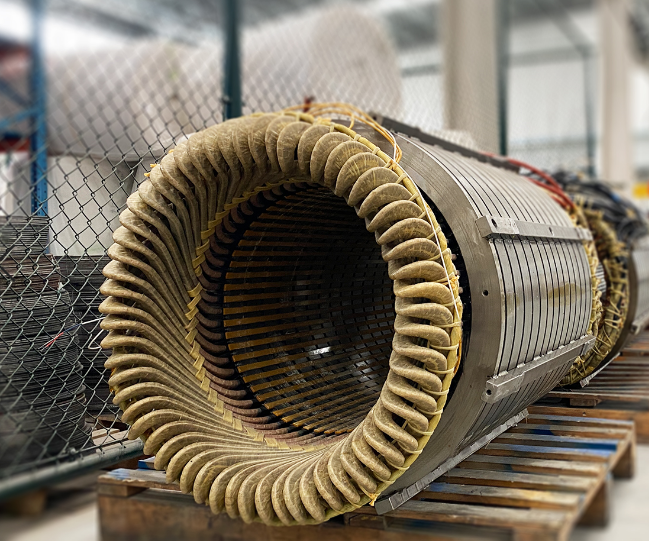Motor overload refers to the state in which the actual operating power of the motor exceeds the rated power. When the motor is overloaded, the symptoms are as follows: the motor heats up severely, the speed drops, and may even stop; the motor makes a muffled sound accompanied by a certain vibration; if the load changes drastically, the motor speed may rise and fall suddenly.
Causes of motor overload include phase loss operation, operating voltage exceeding the allowable value of the rated voltage, and mechanical failure of the motor causing a serious drop in speed or stagnation, etc.
The overload operation of the motor will seriously affect the service life of the motor. The direct manifestation of overload is that the motor current increases, causing the motor windings to become seriously heated, and the winding insulation ages and fails due to excessive thermal load.
After the motor is overloaded, it can be judged from the actual state of the winding. The specific manifestation is that the insulation part of the winding is all black and brittle. In severe cases, all the insulation part is carbonized into powder; and the insulation layer of the winding electromagnetic wire is seriously damaged. With aging, the paint film of enameled wire becomes darker, and in severe cases is completely peeled off; while for mica wire and silk-coated insulated electromagnetic wire, the insulation layer is separated from the conductor.
The characteristics of overloaded motor windings that are different from phase loss, turn-to-turn, ground and phase-to-phase faults are the overall aging of the winding, rather than local quality problems. Due to motor overload, there will also be heating problems in the bearing system. A motor that experiences an overload fault will emit a severe burnt odor in the surrounding environment, and in severe cases may be accompanied by thick black smoke.
Post time: Jan-16-2025

